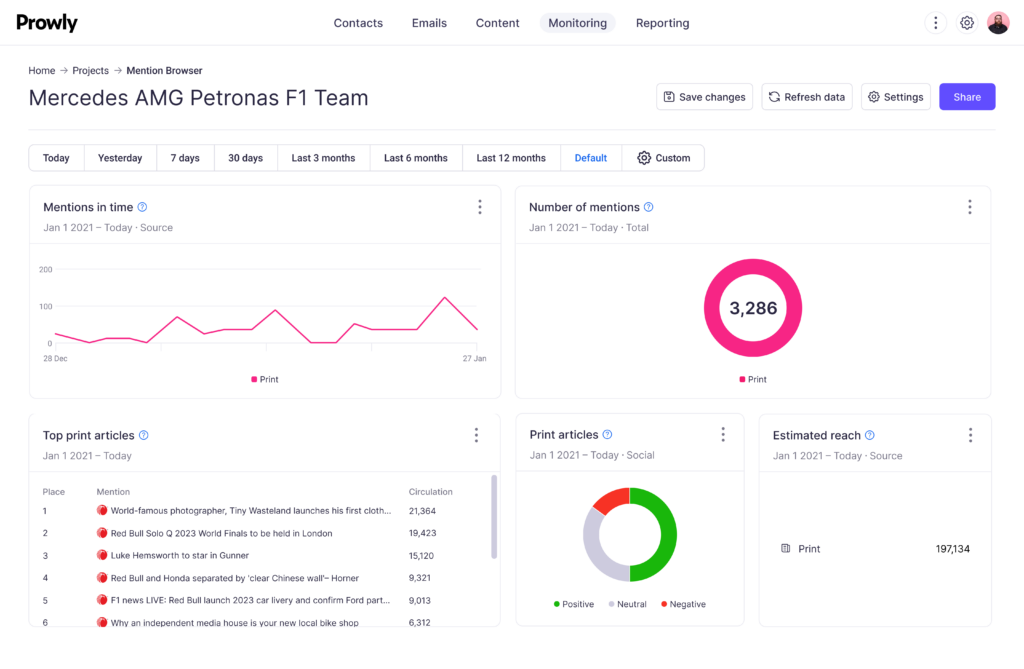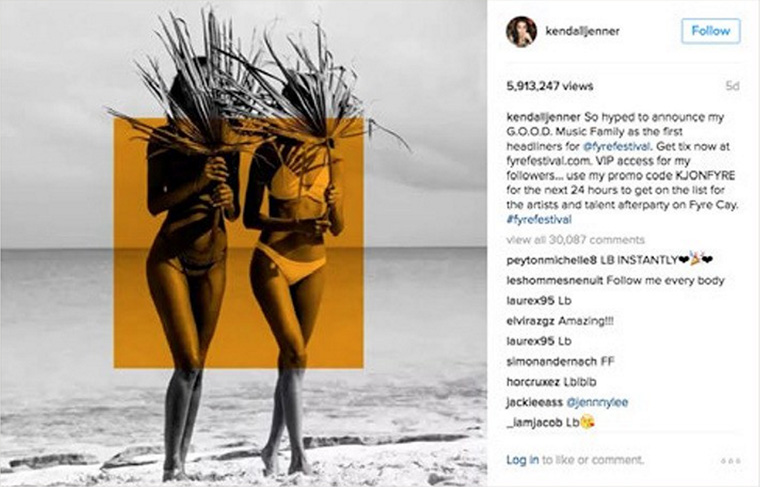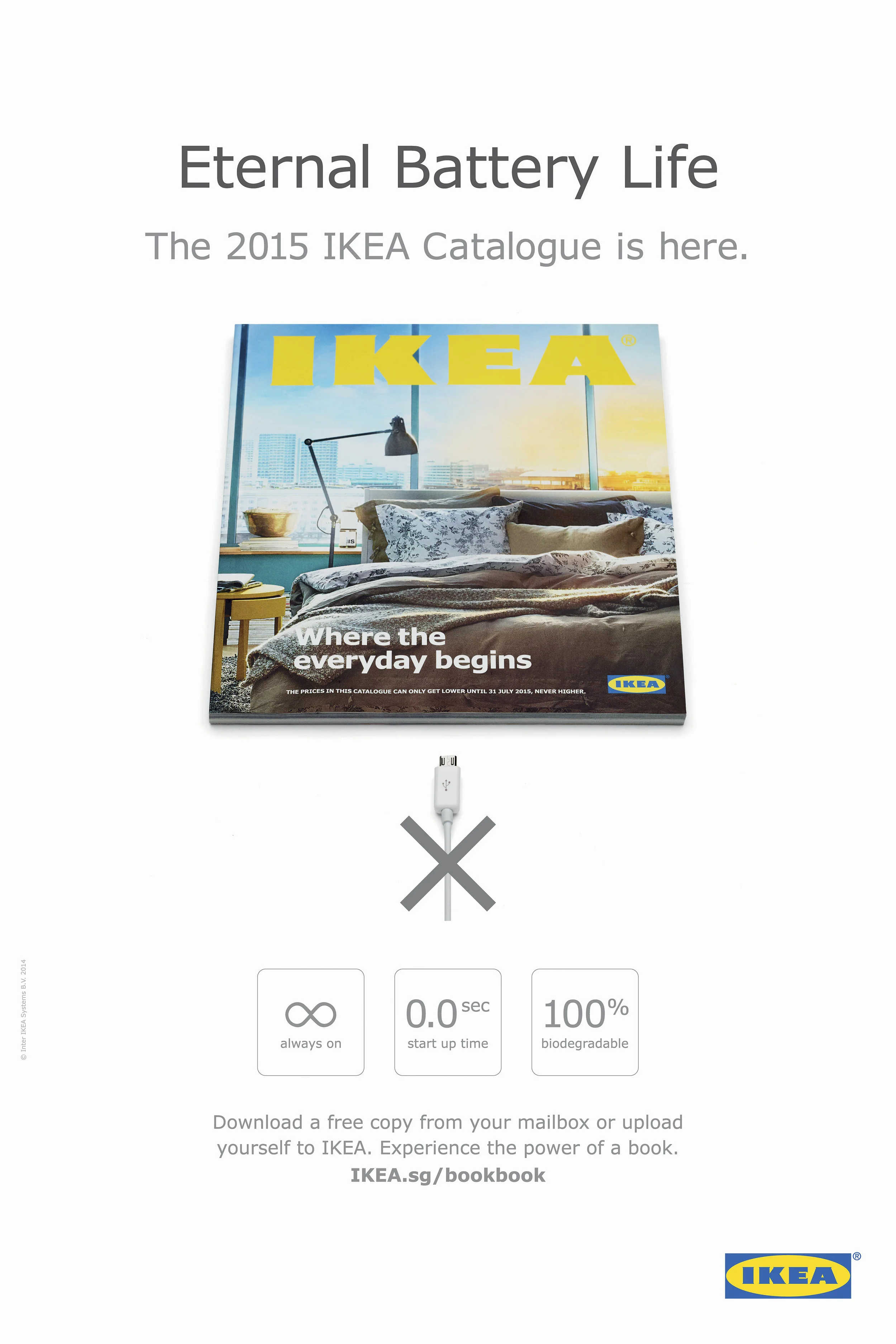Dove's Real Beauty campaign, Coca-Cola's Share a Coke, Old Spice's The Man Your Man Could Smell Like... These are all examples of marketing campaigns you probably remember and know well. And the reason is simple: the excellent PR campaigns behind them.
A PR campaign is one of the most effective ways to build visibility and credibility, and the revenue is not a horrible side effect, either.
Today, we'll show you what PR campaigns are, how (and how not) to build them, as well as some amazing examples you can learn from.
Improve your PR campaigns with Prowly!
What is a public relations campaign?
A public relations (PR) campaign is an orchestrated series of strategic communication efforts designed to achieve specific objectives. Typically, this is to build brand awareness, improve brand reputation, manage a crisis, or promote products, services and ideas.
Unlike advertising, which relies on paid media channels, PR campaigns focus on earning media coverage, building relationships with media professionals and target audiences, and influencing public perception through engagement and storytelling.
The end result is (ideally) an increase in revenue as well.
Types of PR campaigns
Depending on what your (client's) business is, you'll engage in one of several PR campaign types:
- Product launches: a PR campaign designed to introduce a new product or service into the market, create buzz and drive initial sales
- Crisis management campaigns: campaigns that focus on protecting a brand's reputation and mitigating damage during a crisis
- Corporate social responsibility (CSR) initiatives: to highlight a company's commitment to social, environmental or ethical causes
- Event-based campaigns: to create a memorable brand experience around a specific event, such as an anniversary, product launch or cultural celebration
Five steps to create an effective PR campaign
Ready to launch your next PR campaign? These are the critical steps you don't want to miss.
#1 Define your goals and KPIs
Every PR campaign is different and your end goals and KPIs will depend on your target audience, desired results, and how the campaign fits into your overarching company mission and vision.
Here are some of the most common PR campaign goals:
- Improving brand awareness
- Driving new website traffic
- Increasing the number of media mentions
- Improving your impressions
- Increasing social media reach
- And similar goals
Before setting out on your PR campaign, make sure to have a previous track record of similar KPIs for comparison.
#2 Identify your target audience
The great news is that you probably already have this information from recent PR campaigns or marketing campaigns in general. However, if you're breaking through in new markets, you should do the research again to find:
- Key demographics (age, gender, income level, education, geographic location, occupation)
- Likes, hobbies, interests, values
- Media consumption habits (which platforms are they active on?)
- Behavioral patterns (previous behavior online, on your website and social media)
The more information you have, the better your targeting will be. If you identify multiple similar groups, divide them into segments for even better results.
#3 Craft compelling messages and choose the right channels
The messages you send out should be clear, timely, relevant and aligned with your brand's voice. This is where having a brand book and a communication plan comes in handy as you'll have the foundations ready before each campaign.
Here are some of the best tips:
- Select the channels that align with your audience's habits
- Use straightforward language and focus on a single, simple idea
- Address your audience's needs, desires and pain points to capture their attention
- Appeal to their emotions by invoking feelings of hope, pride, fear, or joy
- Align the message with your brand values
- Differentiate yourself from competitors and share your unique value proposition
- Add a relevant call to action
- Tell a story
- Remain consistent across platforms
#4 Create a timeline and budget
Create a detailed timeline for the campaign, specifying milestones and deadlines. Identify when to launch, when to release key assets (e.g., press releases, ads), and how to build momentum over time.
Simultaneously set a budget, factoring in costs for media buying, influencer partnerships, event organization, and content creation. Allocating resources effectively ensures that your campaign stays on track without exceeding limits.
#5 Monitor, measure and iterate
Track the campaign's performance in real-time using analytics tools, media monitoring platforms, or surveys. Measure against your KPIs to assess effectiveness.
For example, monitor social media engagement, website traffic, or media coverage to understand audience reactions. Use this data to make adjustments during the campaign, such as refining messaging or reallocating resources to high-performing channels.
Post-campaign analysis is equally important. Evaluate what worked, what didn’t, and why.
With Prowly, you can do just that: monitor your campaigns and report on them in real-time. With media monitoring, sentiment analytics, and detailed reports, you'll have the pulse of your campaign at all times.
The best part?
You can monitor both online and offline sources at the same time.

Besides tracking what's being said about your campaign on social media, in digital magazines, or on forums, you can stay on top of every mention you receive through traditional channels—think newspapers, radio broadcasts, and TV news!
This can be a lifesaver when you're running an international campaign and simply can't access every newspaper in various countries or states.

💡 Looking to see how PR campaigns play out in real scenarios? Explore these 16 PR crisis management examples to learn from real-life successes and missteps.
12 Best practices for creating successful PR campaigns
If you want some dos and don'ts for your next PR campaign, here are a few things you should always include:
#1 Define clear goals and objectives
"Generating PR buzz" is an okay goal... But only if you've been in the industry for 10 minutes. Creating successful PR campaigns means determining early on what you want to achieve. For example:
- Increasing brand awareness
- Improving brand reputation
- Driving new sales
- Fixing an escalating PR crisis
One great example is the 2014 ALS Ice Bucket Challenge, which managed to raise over $220 million for the cause, raising both awareness and funds.
#2 Understand your target audience
Before starting with your public relations campaign, do the groundwork and research your target audience.
👉 Find their needs, interests, and preferred communications channels to build the campaign on.
For example, promoting a new sneaker brand might require you to target specific audiences on TikTok rather than Facebook.

One successful PR campaign is Spotify's Wrapped, where they allow users to show their favorite artists and tracks of each year, leaning into users' needs for social sharing and individuality.
#3 Craft a compelling narrative
A successful PR campaign requires a story to back it up. Because people buy stories, not sales pitches.
One of the best PR campaign examples of storytelling was Dove's Real Beauty, launched in 2004. Even two decades later, the main takeaway is the story and the brand, not Dove's products being great.
#4 Use multiple channels
Some of the most famous PR campaigns became popular through sheer power of presence. Instead of focusing on just one channel, these brands cast a wide net, hoping to get noticed on TV, in print, through influencer campaigns, and more.
There are too many examples to list, but one of note is Nike's Just Do It campaign, which you can see on billboards, in magazines, on TV, and just about everywhere.
#5 Maintain consistency in messaging
The best public relations campaigns are built on a solid communication plan. No matter how many channels or campaign variations you have, maintain the same underlying message and theme.
For example, Coke's "Share a Bottle" campaign was promoted on socials, on TV, in print, and on other channels, and the message remained unchanged: connection and sharing.
#6 Build strong media relationships
Great PR campaigns are built on a foundation of connections with media professionals.
Instead of reaching out to journalists for a one-time promotion, build long-lasting relationships so when the time comes, your story rises above others.
For example, Tesla's "unbreakable glass" campaign showed that their glass was, in fact, not unbreakable. However, thanks to a solid relationships with media professionals, they turned the situation upside down and got free coverage and generated new sales.
PS. You can build media relationships with Prowly by focusing on specific journalists who cover content relevant to your brand. Learn more about our media database.
#7 Monitor and respond in real time
The best digital PR campaigns follow trends and ensure the brand is in sync with its target audience. Thanks to media monitoring, you can watch how people interact with your brand in real time, allowing you to respond, adjust and mitigate crises.

Oreo's famous "Dunk it in the Dark" campaign did just that. They monitored what happened with the 2013 Superbowl and, when electricity suddenly went out, one tweet made them go viral.
PS. you can monitor the web and social media with Prowly's media monitoring tools.
#8 Create shareable content
The best PR campaigns don't just let you observe what is happening, but you also get to share it with people in your network. Whether it's a tweet, an image, a fun game or a video, your target audience should be able to share it with a click.
The Red Bull Stratos jump in 2012 is one of those popular PR campaigns where the audience could share the live stream video of Felix Baumgartner skydiving from the stratosphere.
#9 Incorporate metrics and analytics
You can't improve what you don't measure.
All examples of good PR campaigns are built on top of solid metrics that allow you to see if a campaign is a success or a flop. Whether it's clicks, email opens, impressions, retweets, or something else, choose your guiding set of metrics and adapt it for each new campaign.

For example, Always' Like a Girl campaign netted over 90 million video views for the brand and improved their reputation along the way.
#10 Plan for crisis management
Have a big campaign coming up? Make sure every angle is covered and, in case something goes awry, that there is an exit strategy in place.

One of the most famous examples of PR campaigns is Johnson and Johnson's Tylenol campaign from 1982.
They promoted the drug heavily but it turned out that the package was easy to open and tamper with, making a huge dent in their reputation. They quickly came out with tamper-free packaging and used the press to promote it, restoring their reputation and lost sales.
#11 Engage with influencers and advocates
Recent popular public relations campaigns are all built on top of influencer campaigns. In other words, instead of using your own channels for promotion, you tap into the audience of a popular influencer, allowing you even easier and more natural access to your target audience.

For example, the 2017 Fyre Festival achieved success largely thanks to influencer support by Kendall Jenner and Bella Hadid.
#12 Evaluate and learn
Even the best PR campaign ideas can go awry in a second, so you have to be on your toes and ready to adapt at all times. And even before the campaign launches, consider the different paths that it can take.

Burger King's Moldy Whopper campaign from 2020 showcased BK's commitment to natural ingredients.
Despite its massive success (over 2 billion impressions, 4% increase in sales), it faced some backlash because, well... people don't consider moldy hamburgers very appetizing.
Top public relations campaign examples to learn from
Looking for some great examples of public relations campaigns? Here are a few you can learn from.
Got Milk?
In 1993, the California Milk Processor Board launched the now-famous "Got Milk?" campaign, which featured celebrities wearing milk mustaches alongside the memorable tagline.
The campaign aimed to increase milk consumption, and it worked by focusing on a common frustration: running out of milk. It was relatable, creative, and anchored in a universal experience.
:upscale()/2014/02/24/995/n/1922398/c019765f2b5c21e1_p186s69o601hq34ec1uoqhkpj827.jpg)
What made this campaign so successful was its simplicity and the use of celebrity appeal. By featuring popular public figures, the ads became aspirational and caught the attention of a broad audience.
Moreover, the clever messaging turned the ordinary act of drinking milk into a cultural phenomenon. Within its first year, milk sales in California rose by 7%, and the campaign's success led to its adoption across the U.S.
Result?
👉 The tagline “Got Milk?” became an enduring piece of pop culture.
Ikea’s "Bookbook" Campaign
In 2014, Ikea showcased its signature creativity with the "Bookbook" campaign, a parody of tech product launches to promote its printed catalogue.

The video described the catalogue as a “revolutionary” device with no cords, infinite battery life, and instant browsing capabilities. By poking fun at the tech world’s obsession with innovation, Ikea made its traditional catalogue feel fresh and exciting.
The humor and clever concept of the campaign were its strongest assets. It stood out by embracing parody, making the audience laugh while subtly reminding them of Ikea’s offers. The campaign was highly shareable, driving millions of views on YouTube, gaining 17 million in the first month alone.
Conclusion
If we look back at the best PR campaigns of 2024, they share a few common traits. They're well-planned, based on a solid knowledge of their target audience, tracked through precise metrics, and the agencies and teams behind them monitored those campaigns as they happened in real-time.
And while we can't help you with the creative part, Prowly can help by driving your campaigns with real PR metrics, monitoring their success in real-time, and help in mitigating crises effortlessly. Whether you're in an agency or in-house team, Prowly can be your campaign's best friend.






